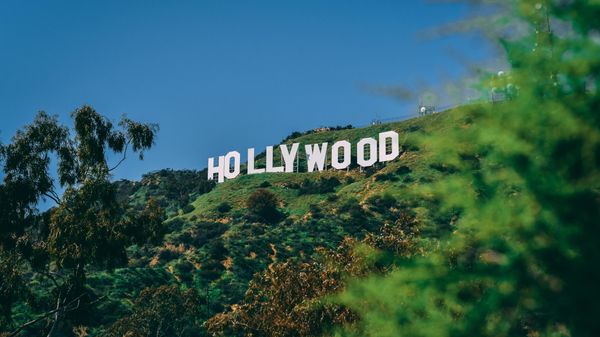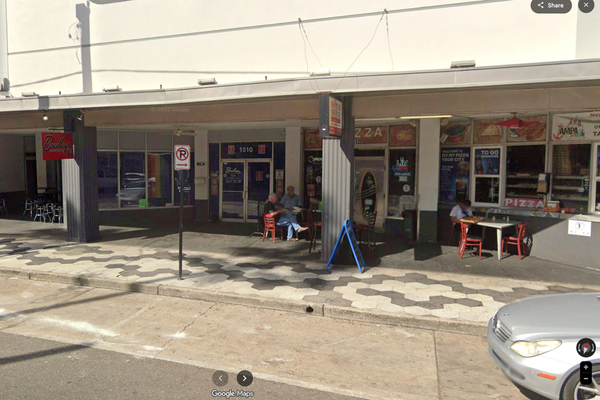
In the moments before the cargo ship Dali rammed into the Francis Scott Key Bridge and sent it crumbling into the water, a flurry of urgent warnings crackled over radios, enabling police to block traffic from getting on the span, likely saving lives. However, those warnings seemingly didn’t reach the six construction workers who were killed in last week’s collapse of the Baltimore bridge.
The deaths have raised questions about whether the construction company took proper precautions, including keeping a safety boat nearby that might have been able to warn them at least a few seconds before impact. Federal regulations require construction companies to keep such boats, commonly known as skiffs, on hand whenever crews are working over waterways.
There is no indication that the construction company, Brawner Builders, had a rescue boat on the water or ready to be launched as the bridge fell. Safety experts emphasized that the skiff is required by regulations when working over a bridge like that.



Authorities were unaware of any Brawner boat in the water at the time of the collapse. Even if the workers had been warned about the impending collision, it's unclear if they would have had enough time to scramble to safety.
An investigation is ongoing to determine if a safety boat could have made a difference by using marine radio and walkie-talkies to warn the construction workers about the ship's distress calls. The construction inspector was able to run to a section of the bridge that didn’t collapse, though it’s unknown what warning, if any, he received.
OSHA regulations mandate that construction companies have at least one safety boat available when working over waterways. Some states have exemptions, but Maryland requires a safety skiff to be present when workers are over or near water.
Despite OSHA’s strict interpretations, some construction companies may forgo the use of a safety skiff on jobs that don’t pose an imminent risk of drowning. Brawner has been cited for safety violations in the past, including failing to provide proper fall protections.
While some experts believe a safety boat might not have made a difference due to the circumstances of the collapse, others argue that clear communication and specific safety measures could be crucial in future safety plans for bridge work.







